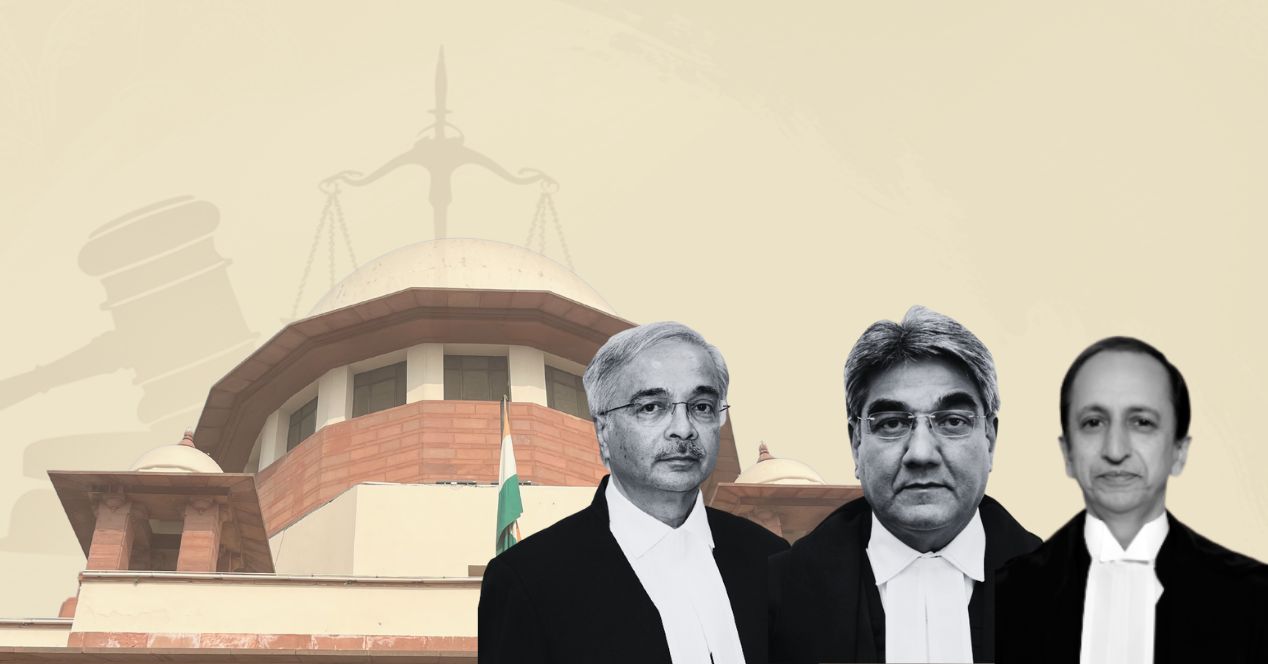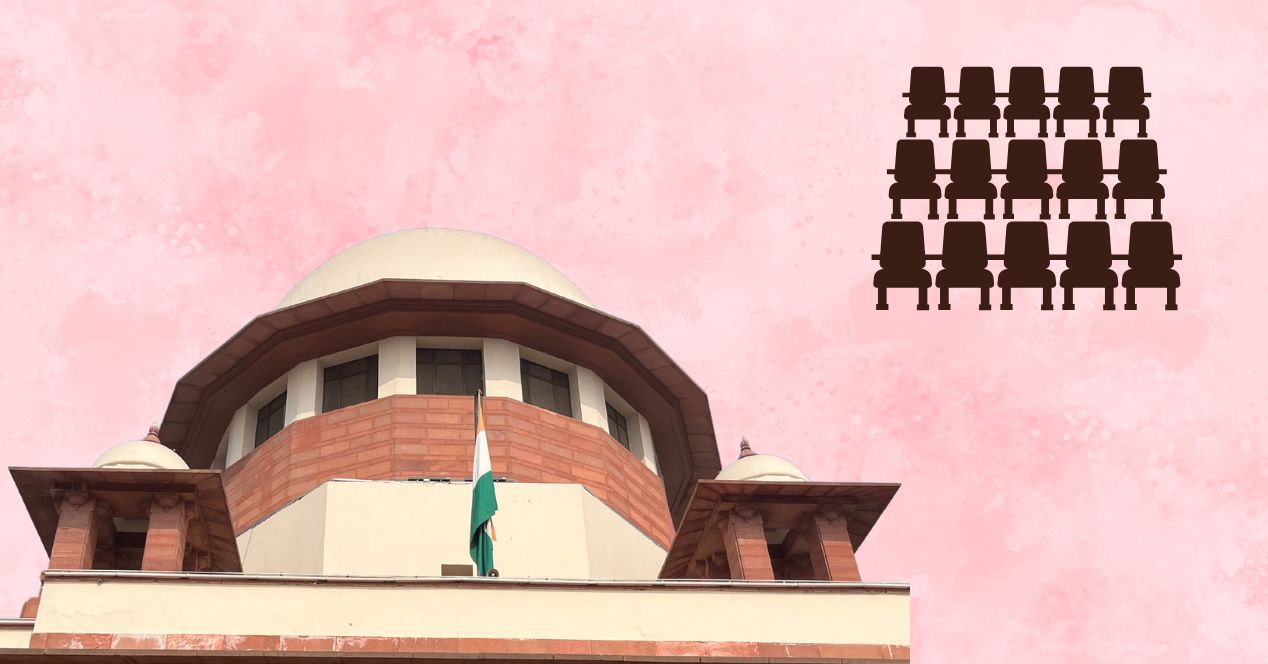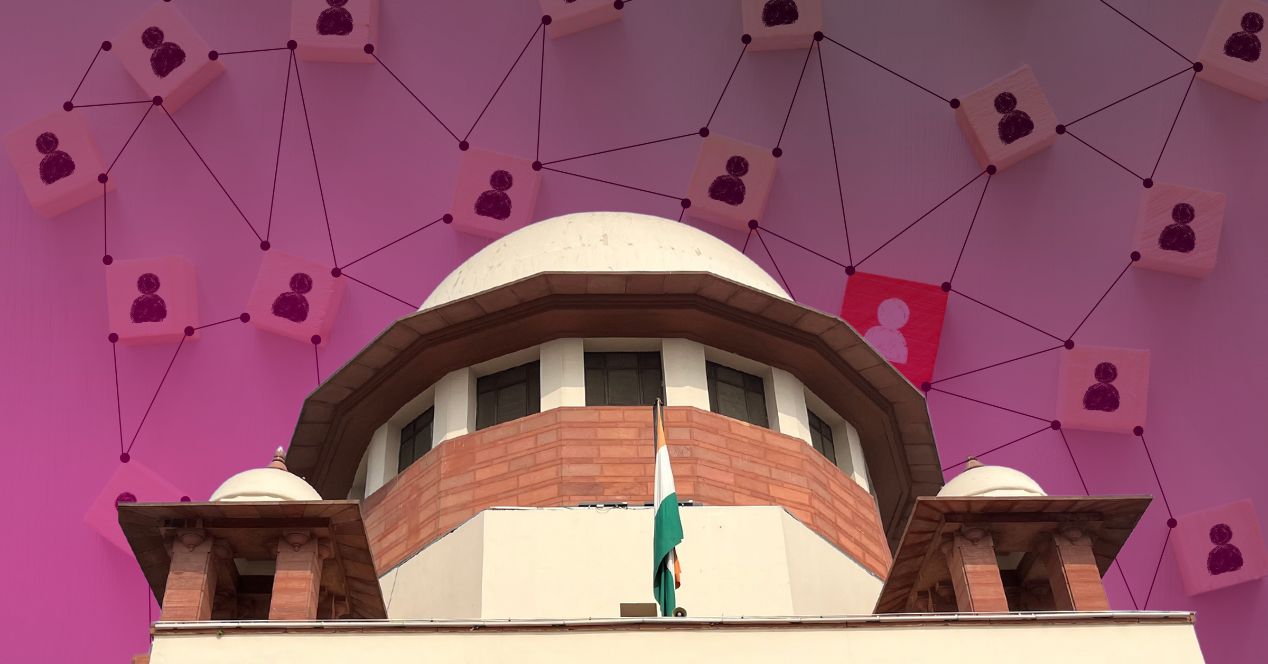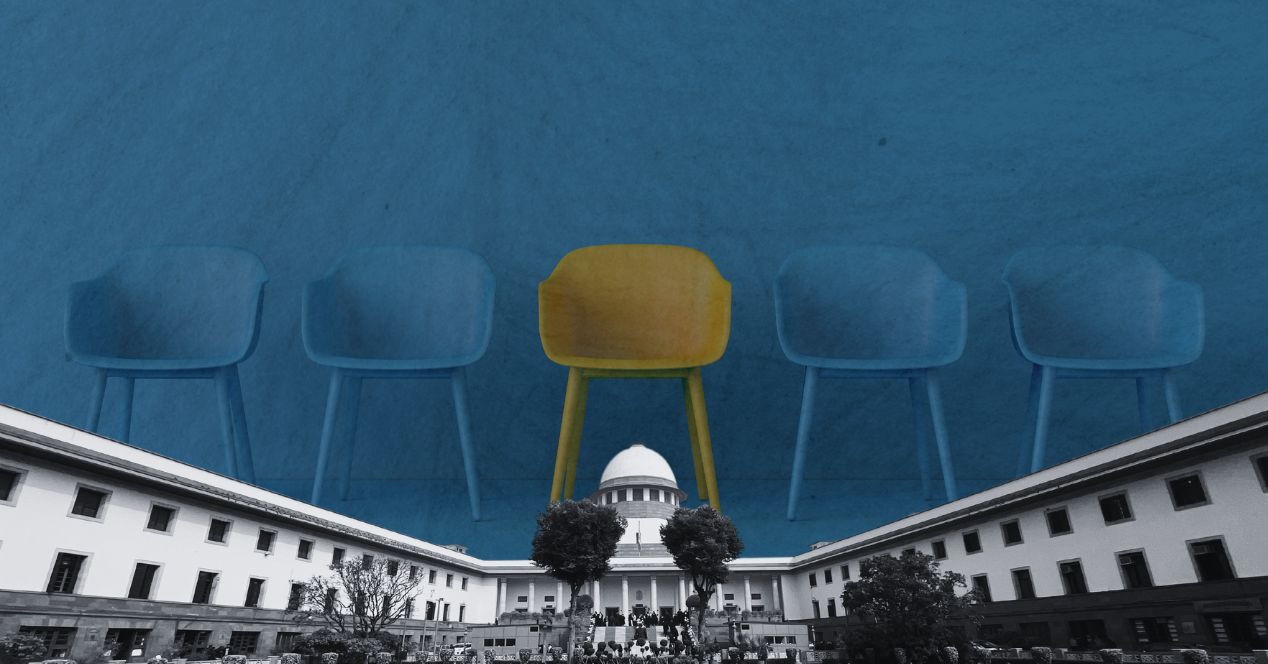Channel
Three new judges of the Supreme Court
The three judges increase representation from the Gujarat, Rajasthan and Bombay HCs. But does this solve the representation crisis?
Transcript:
Hello everyone and welcome to SCO’s channel. I’m Spandana. Today, we’re going to be talking about the three new appointments to the Supreme Court of India.
On 29 May, Union Law Minister Arjun Ram Meghwal posted on Twitter or X that the Union had notified the elevations of Justices N. V. Anjaria, Vijay Bishnoi and A.S. Chandurkar to the Supreme Court. This comes just three days after the Supreme Court Collegium, led by Chief Justice B.R. Gavai recommended their names on 26 May. All three judges took oath on the 30th of May.
With this appointment, the Supreme Court now has 34 judges. It’s full sanction strength. But this is brief considering Justice Bela Trivedi will retire officially on the 9th of June. So let’s take a quick look at these three new judges and what they bring to the Court.
Justice Anjaria was the Chief Justice of the Karnataka High Court. He was born in Ahmedabad in 1965 and comes from a family of lawyers. He studied law at Sir* L.A. Shah Law College and completed his masters from the University of Ahmedabad.
He became a judge of the Gujarat High Court in 2011 and was made a permanent judge in 2013. With his elevation, the Gujarat High Court will now have three judges at the Supreme Court bench till Justice Bela Trivedi retires. Justice J.B. Pardiwala is the only other sitting judge from the Gujarat High Court.
Justice Bishnoi was the Chief Justice of the Gauhati High Court before his elevation. He was born in Jodhpur in 1964 and enrolled as an advocate in 1989. He practiced across a wide range of matters in the High Court of Rajasthan before joining the bench in 2013. With his appointment, Rajasthan now has two sitting judges at the Supreme Court. Justice Sandeep Mehta is the other judge.
Prior to his elevation, Justice Chandurkar served as a Bombay High Court judge. He was appointed in 2013. He was born in 1965 and joined the bar in 1988.
Now how are these recommendations made?
Recommendations of judges to the higher judiciary are, of course, made by the Supreme Court Collegium led by the Chief Justice of India. During former Chief Justice D.Y. Chandrachud’s time, Collegium recommendations would contain elaborate details and reasons before proposing a name. These considerations were:
- Seniority of the judges,
- Merit as demonstrated by the judgments and performance of the judges,
- Integrity,
- The need to ensure diversity at the Supreme Court in terms of region, gender and community and
- The need for inclusion of members from marginalised communities.
Under former Chief Justice Sanjiv Khanna, the Collegium recommended three judges to the Supreme Court, Justice Manmohan, Justice K.V. Chandran and Justice Joymalya Bagchi. All three were brief recommendations and focused on regional representation and merit. In Justice Bagchi’s case, the Collegium considered the fact that he would be in line to become a future Chief Justice if the seniority principle was followed.
Now, more recently, on 6 May, in a move to increase transparency of appointments in the higher judiciary, the Supreme Court released an eight-page document detailing factors considered by the Collegium in recommending judges to the Supreme Court. According to that document, these factors are:
- Appointment by elevation of a Chief Justice or a judge of the High Court or an eminent member of the Bar, or a distinguished jurist.
- In case of elevation of a Chief Justice or a judge of the High Court, a fair representation is to be given to all High Courts,
- Inter se seniority amongst the High Court judges,
- Merit and integrity,
- The disposition rate of the judge under consideration while in the High Court,
- Disposition rate should be considered in conjunction with other factors such as the quality of judgment, complexity of cases and court workload.
The CJI Gavai-led Collegium has no doubt taken these factors into account, especially to ensure better representation of the High Courts, because the recommendation for the three recent appointees mentions no details except their parent High Courts. But even with the three new elevations, six out of 25 high courts are not represented in the top court.
For more on this, read our latest data story and tell us what you think. How can representation be ensured at the Supreme Court? Is regional representation enough? What about diversity on other axes? Tell us what you think in the comments below.
As always, stay tuned for more stories from the Supreme Court!




